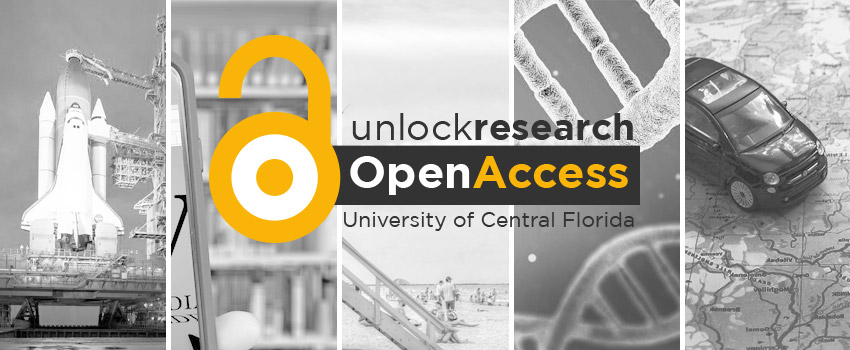
Start Date
24-10-2019 8:00 AM
Description
How does free help me? Mind-blowing things like the mapping our DNA
Posted: October 24th, 2019
Ever hear of a little company called 23andMe? For around $100, you can get a breakdown of your global heritage. You can even get it for your dog or cat.
The availability to learn more about our own ancestry or genetic health markers is a result of the Human Genome Project. The original mapping of human DNA took thirteen years to complete, and involved 20 institutions around the globe. It is considered the world’s largest collaborative biological project, with a price tag of $2.7 billion.
Who owns it? From the National Human Genome Research Institute:
Every part of the genome sequenced by the Human Genome Project was made public immediately, and new information about the genome is posted almost every day in freely accessible databases or published in scientific journals (which may or may not be freely available to the public).
The Supreme Court ruled in 2013 that naturally occurring human genes are not an invention and therefore cannot be patented. However, private companies can apply for patents on edited or synthetic genes, which have been altered significantly from their natural versions to count as a new, patentable, product. National Human Genome Research Institute
UCF Researchers have contributed to the conversation as well. Here are just a few examples highlighted in STARS, UCF’s Open Access institutional repository:
- Multicolor CRISPR labeling of chromosomal loci in human cells
- RNA/DNA co-analysis from human skin and contact traces – results of a sixth collaborative EDNAP exercise
- Resolution of Crohn’s disease and complex regional pain syndrome following treatment of paratuberculosis
Tomorrow we will find out how open software like GPS has changed the way we live our lives.
For More Information:
To learn more about Open Access, visit https://library.ucf.edu/about/departments/scholarly-communication/open-access/
Included in
How does free help me? Mind-blowing things like the mapping our DNA
How does free help me? Mind-blowing things like the mapping our DNA
Posted: October 24th, 2019
Ever hear of a little company called 23andMe? For around $100, you can get a breakdown of your global heritage. You can even get it for your dog or cat.
The availability to learn more about our own ancestry or genetic health markers is a result of the Human Genome Project. The original mapping of human DNA took thirteen years to complete, and involved 20 institutions around the globe. It is considered the world’s largest collaborative biological project, with a price tag of $2.7 billion.
Who owns it? From the National Human Genome Research Institute:
Every part of the genome sequenced by the Human Genome Project was made public immediately, and new information about the genome is posted almost every day in freely accessible databases or published in scientific journals (which may or may not be freely available to the public).
The Supreme Court ruled in 2013 that naturally occurring human genes are not an invention and therefore cannot be patented. However, private companies can apply for patents on edited or synthetic genes, which have been altered significantly from their natural versions to count as a new, patentable, product. National Human Genome Research Institute
UCF Researchers have contributed to the conversation as well. Here are just a few examples highlighted in STARS, UCF’s Open Access institutional repository:
- Multicolor CRISPR labeling of chromosomal loci in human cells
- RNA/DNA co-analysis from human skin and contact traces – results of a sixth collaborative EDNAP exercise
- Resolution of Crohn’s disease and complex regional pain syndrome following treatment of paratuberculosis
Tomorrow we will find out how open software like GPS has changed the way we live our lives.
For More Information:
To learn more about Open Access, visit https://library.ucf.edu/about/departments/scholarly-communication/open-access/